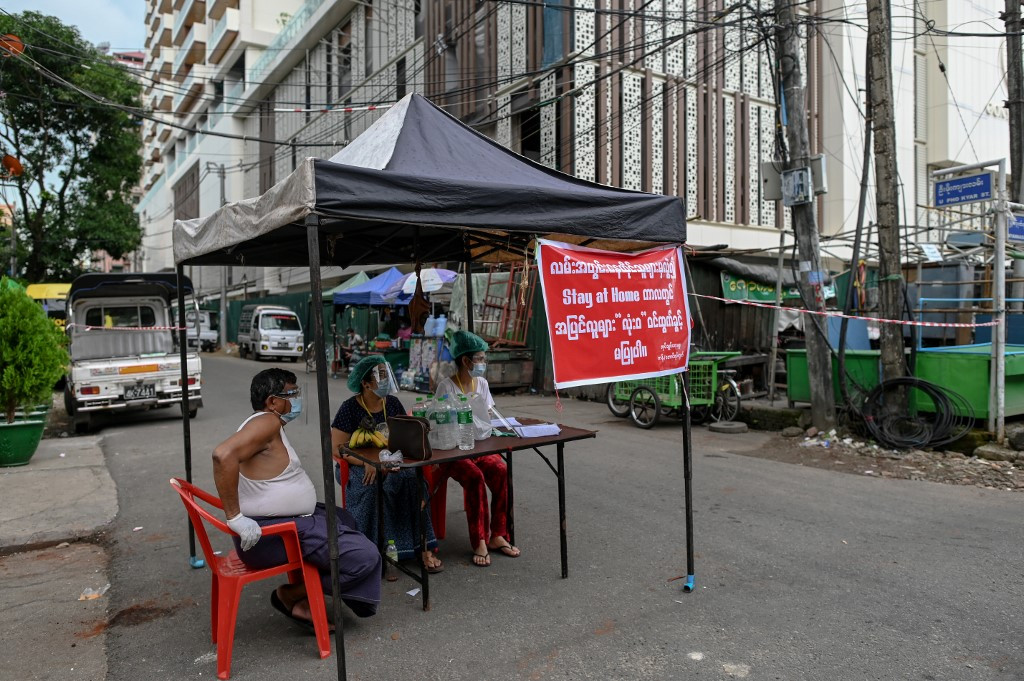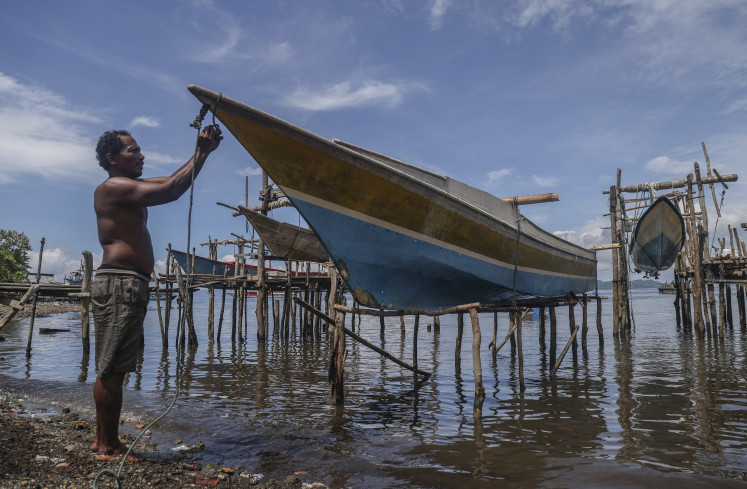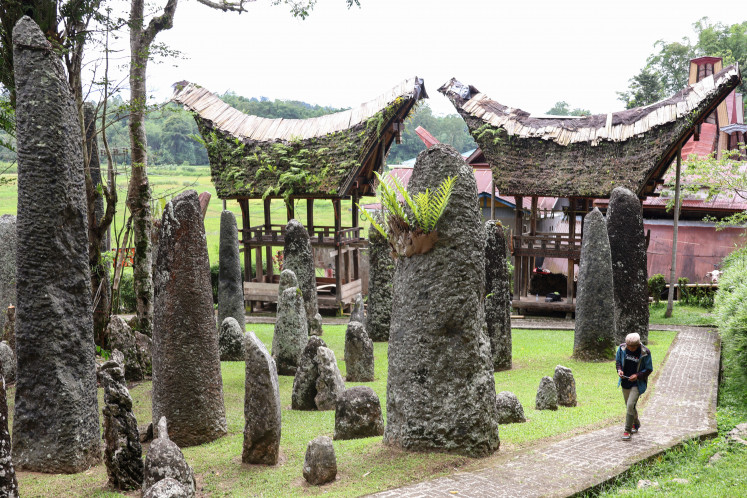Popular Reads
Top Results
Can't find what you're looking for?
View all search resultsPopular Reads
Top Results
Can't find what you're looking for?
View all search resultsCan Myanmar’s second wave lead to ASEAN CDC formation?
Even after COVID-19 vaccines become available, we still face obstacles such as who gets it first, not to mention the transportation and other logistics matters.
Change text size
Gift Premium Articles
to Anyone
T
he rapid rise of COVID-19 in Myanmar has caught the attention of Asian neighbors and international organizations. Singapore, Vietnam, Thailand, South Korea, Japan, and China have provided aid to Myanmar to fight the virus. They are well aware that if the second wave in Myanmar is beyond control, it can become a threat to the health securities of the countries and the whole region.
An article published in the Quarterly Journal of Medicine (QJM) called for the formation of the ASEAN Centers for Disease Control and Prevention (CDC). The article says “ASEAN countries are divided into the South East Asia Region (SEARO) and Western Pacific Region (WPRO) by the World Health Organization.”
“ASEAN CDC can collaborate in sharing of real-time surveillance data and best practices, eliminating wildlife trade, maintaining supply chains, combating disinformation and vaccine development. The organization can act as the permanent regional body to combat the current and future pandemics. Moreover, ASEAN CDC can enhance inter-regional collaboration between the SEARO and WPRO regions.”
ASEAN countries with weak health systems are especially vulnerable to new waves of COVID-19.
China and Thailand have successfully contained the virus. On the other hand, India and Bangladesh are still facing high burdens of COVID-19. With poorly controlled border areas, there is the danger of spillover from neighbors with high burdens of COVID-19.
If the human traffic at the porous borders is not controlled, Myanmar is at risk for new waves of infection. After case no. 375 was reported on Aug. 16, Myanmar authorities should have stopped all traffic and flights immediately, which is what China did when it discovered infections.
Apart from lockdown, the driver substitute policy at the Chinese borders is a good example Myanmar can follow. Truck drivers entering from and leaving China should hand over their vehicles at the borders.
Thailand has sealed its border with Myanmar for fears of the virus spread on its soil. When a local transmission was discovered in Bangkok, the authorities tested over 600 people. Myanmar, too, should have conducted more aggressive contact tracing and testing.
In Vietnam, the fight against the virus is seen as a national duty from the government down to the individual level. As a result, visitors arriving in the city of Da Nang voluntarily reported themselves to the authorities.
In Myanmar, however, flight passengers from the Rakhine to Yangon did not cooperate with the health officials.
A sense of responsibility is lacking among Myanmar people. Many still refuse to wear masks, keep a distance from others and wash their hands, although these simple measures have proven effective to prevent infection.
COVID-19 is deadly especially for vulnerable people, including the elderly. Internally displaced people (IDP) are another vulnerable group. A random antibody check on 1,000 people in Rakhine State found that IDP camps were virus free, but there is no information how many times the tests were conducted. Some of the United Nations and NGO workers who visited the IDP camps were infected, therefore, tests should be performed every week.
Other groups that should be tested weekly are healthcare workers, volunteers, police, passenger vehicle drivers and factory workers. Sentinel surveillance should be done on markets, banks, karaoke TV outlets, construction sites, delivery services, places of worship, monasteries, elderly homes and prisons. A weekly random testing should be carried out in those hot spots, using the rapid antigen test kits.
Most of those who died in Myanmar have pre-existing diseases, so, it is important to treat these illnesses. The viral infection can lead to the exacerbation of the pre-existing conditions and in such cases; the coronavirus is the secondary cause of death.
Throughout the pandemic, people have been afraid to go to clinics and hospitals for illnesses other than the virus. Disruption of treatment services for noncommunicable diseases are also contributing to the excess deaths.
The upcoming election can serve as another push factor of a second wave of COVID-19 contagion in Myanmar. We are seeing clusters among the police even before the election starts. So, a surge can almost certainly occur during or after the Nov. 8 elections, even with all the necessary precautions.
In the first wave, Myanmar was lucky to have avoided many cases and fatalities. In a pandemic, however, we can never let our guard down even when there are no cases. COVID-19 might never go away even with a vaccine.
Even after vaccines become available, we still face obstacles such as who gets it first, not to mention the transportation and other logistics matters. We may have to live with the virus for at least one more year.
In the wake of the prolonged pandemic, global health experts have been calling for the formation of ASEAN CDC for some time. Many ASEAN government bodies are cooperating to contain the virus but it is time to consolidate them into one body.
The EU has European CDC and the African Union has Africa CDC. The time is ripe now for the ASEAN to have its own CDC.
-- The writer is a global health scientist focusing on Myanmar










